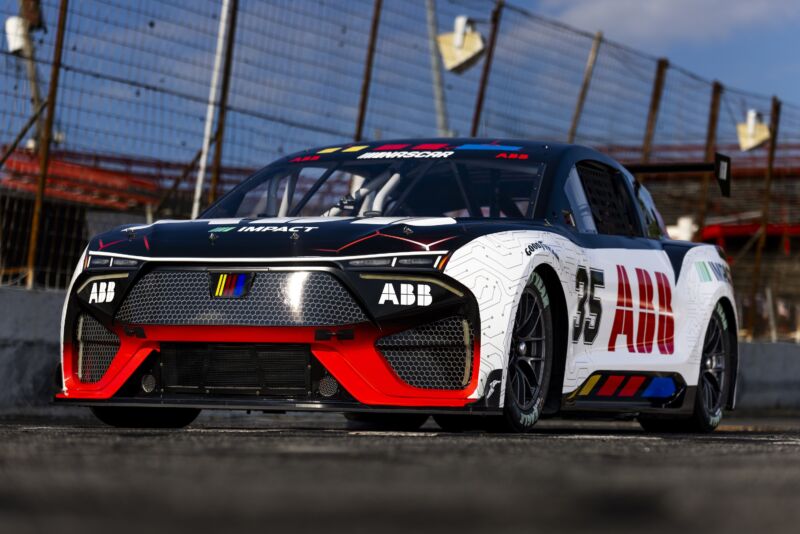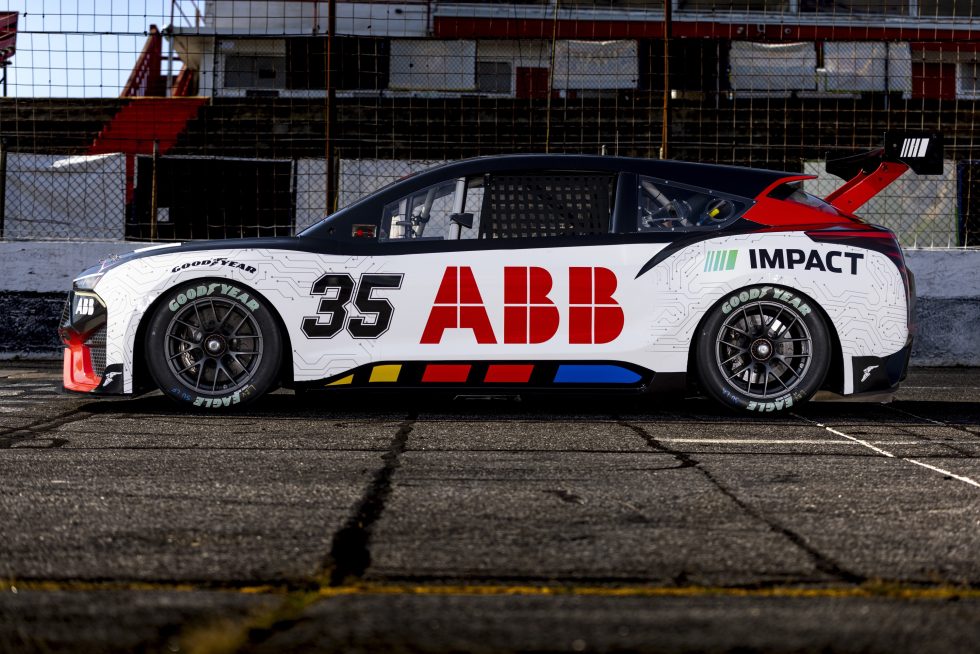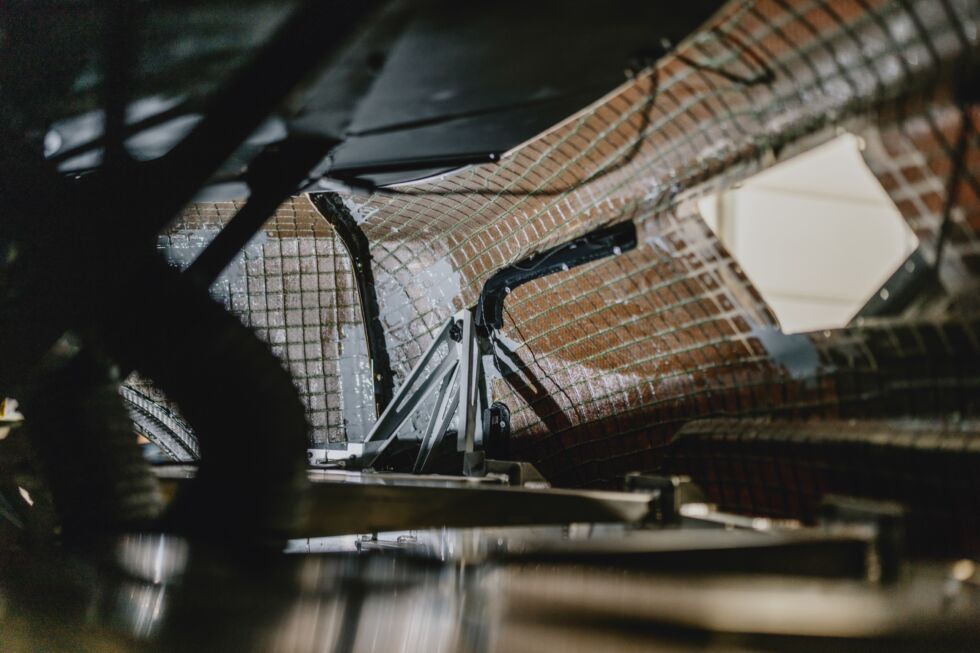
This past weekend was a busy one on the racing calendar. Over in the UK, the British Grand Prix at Silverstone was yet more evidence that Red Bull no longer has the fastest car in F1. In Ohio, IndyCar had a mostly successful introduction of its new supercapacitor-based hybrid system. And a couple of Great Lakes over, NASCAR held its second street race in Chicago, choosing that event to also show off its prototype of a fully electric stock car.
In doing so, it has partnered with the technology company ABB, which, among other things, makes charging equipment and is also Formula E's title sponsor. "The objective of the collaboration between NASCAR, ABB in the United States, and the NASCAR industry is to push the boundaries of electrification technology, from EV racing to long-haul transportation to facility operations," said ABB Executive Vice President Ralph Donati.
The NASCAR EV prototype starts with a modified Next Gen chassis, which was introduced to the sport in 2022. This is something of a no-brainer: in addition to the other stuff you want in a race car chassis, like a good ratio of stiffness to weight, it's also designed to be able to safely protect the driver from the consequences of the very high-speed crashes that occur in the series. So, there shouldn't be any concerns about the 78 kWh liquid-cooled lithium-ion battery pack.

That pack supplies three electric motors: one for the front axle and one for each rear wheel. And it's far more powerful than any V8-powered stock car, with 1,341 hp (1,000 kW) available at peak power. The motors are supplied by STARD, an Austrian motorsport company that also helped Ford develop the wacky Supervan 4, Supervan 4.2, and most recently, its SuperTruck EV demonstrators.
Like those machines, this electric demonstrator also looks a little out of the ordinary for a race car. It's most noticeable in profile, where you see the EV prototype is a few inches taller than a Next Gen car, aiming for a crossover-shaped body.
Flax composites
Those body panels might just be the first thing we see translate from the prototype over to competition cars. NASCAR recently moved away from sheet metal for its bodywork, but for this car, it opted to make the body out of flax-based composites from a company called Bcomp.
People have been working on sustainable alternatives to carbon fiber for a while now—we encountered hemp body panels on the Eco Racing Radical in the late 2000s. Plant-based composites are heavier than synthetic carbon composites, but as sustainability becomes an increasingly important aspect of modern racing series, that becomes a trade-off worth making, as Bcomp says its composites have an 85-percent smaller carbon footprint when compared to a traditional composite of similar stiffness.
"Integrating sustainable innovations into the design process helps set the standard for sustainability across our industry and supports forward progress towards the company’s sustainability goals and targets," said Bcomp's vice president of vehicle design, Brandon Thomas.

Just don't expect to see an all-electric NASCAR race anytime soon. While a battery EV like the prototype you see here would work well on road and street courses as well as short ovals, since all three offer chances to regenerate energy under braking, no one is entirely sure how to make EVs work on superspeedways.
Rather, the car is a way for the sport to gauge fan interest and to promote NASCAR IMPACT, the sport's new sustainability push. The plan is for ABB to help NASCAR decarbonize its operations, which are responsible for far more of its carbon footprint than the cars running on track. It wants to reduce its footprint to zero by 2035, but a more immediate goal is to use only renewable electricity at its racetracks and facilities by 2028, as well as building out on-site charging stations.
reader comments
130